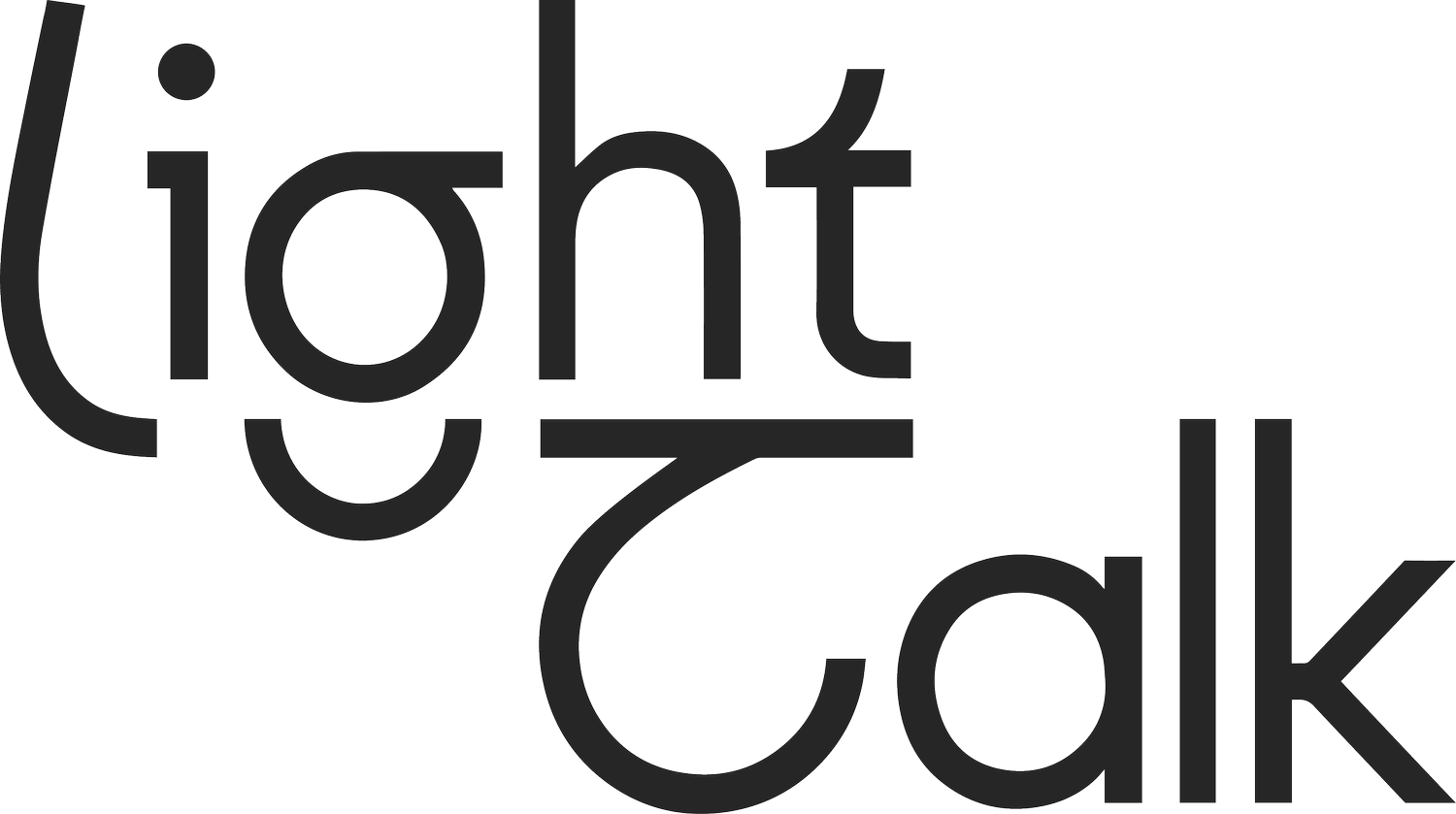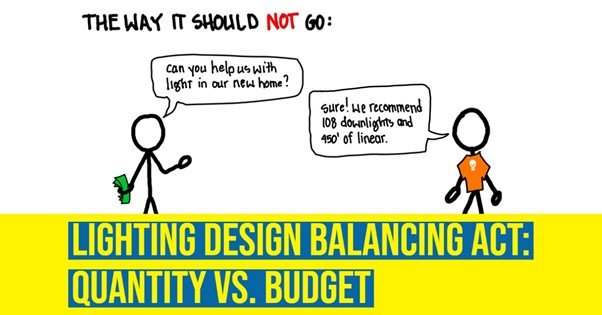Lighting Budgets: Key to Success!
Image courtesy of Inside Lighting: “Light can help you” authored by David Wharfel
Budgets are a key integral part of lighting design. There is always this continuous challenge to find the right balance between what you would like and what the client actually want and /or is able (or willing) to afford. In the metaverse you can design to your wildest dreams and imaginations without any restrictions or worry about what it will cost. Maybe just the data file size…In real life however, as a lighting designer, we need to be considerate of many things related to costs, not only capital costs but also operational costs and others. For this blog, I would like to focus on the initial budgets, those that capitalises your lighting design concept.
From my personal experience we hardly ever get to prepare a proper lighting budget before a design is done, most of the time we work out the budget estimates as part of our lighting design concept, so we can let a client know what sort of price tag our design has. But I do know that in many cases designers don’t bother to price up their concept and find out about the costs only when they reach the tender stage and are then faced with the inevitable “joy” of value engineering. Perhaps I should call it stress!
By getting in early with your budget estimates you can avoid that as you have already made sure the client understands (and hopefully integrates) the expected costs of the lighting design in his overall budgetting. Many quantity surveyors tasked with pre-budgeting have little to no clue about the cost of proper lighting design and most of the time they are totally of mark with their budget provisions.
This week I had the enjoyable opportunity to provide one of my clients with a detailed budget estimate of what the lighting equipment supply would likely costs for a potential renovation project. There isn’t even a proper interior design yet, just some rough layout sketches and mood imagery of what they had in mind. But to decide on the feasibility of going ahead with the project they needed overall project cost estimates. Rather than ask a QS they asked me (which of course is a great acknowledgement of the expertise of a lighting designer)! I was able to think about the lighting approach, plot the potential lighting effects and related lighting points to derive an actual breakdown with estimates. I have done this many times in the past and know that my estimations (once the actual design comes in) are never far off the real figure in the end.
Added benefit, I was able to estimate my time involvement to execute the design and include my fees as part of it. As a result, the client will now include my budget estimates for the lighting in his forward planning. In the process, I already developed the likely direction for the lighting concept with the knowledge that the client will be on the same page in terms of costs when we go for tender!
Getting a handle on your design direction and budgets as early as possible makes the lighting design journey to a successful end result so much easier and less stressful!

